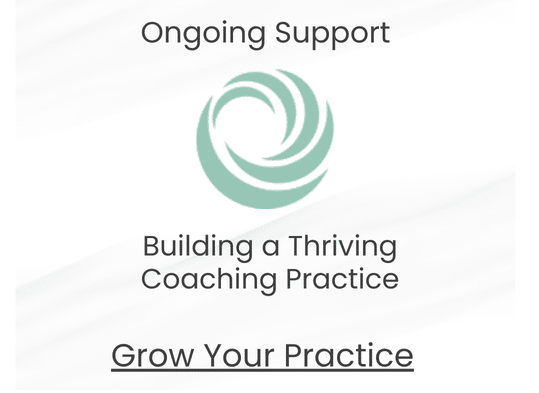You’ve heard the term psychosomatic before—and probably not in too kind of a way. The term is used to refer the mind’s power to conjure up maladies in the body—mental thoughts creating realities felt in the physical. This term equally describes the magic of the placebo affect … the idea that because we think and believe a pill will work, it does—even though it’s only sugar.
But perhaps you have never heard of the opposite term, somatopsychic—the ability of the body to affect the mind.
I had never heard of the term before I saw the title of a new book called Positive Psychology and the Body, the Somatopsychic Side to Flourishing by Kate Hefferon. Senior Lecturer and Program Leader of the MSc in Applied Positive Psychology at the University of East London, Hefferon points out:
There are 7,626 books written about Positive Psychology on amazon.co.uk. Not one of them focuses on the body and its role in the facilitation of well-being. Indeed, within major textbooks…there are only brief references to physical activity, touch, nutrition, etc. which leaves one of the most fundamental pieces of the happiness puzzle missing—the body.
I came across this book as I was researching what was written in the Positive Psychology field about understanding and engaging the body for psychological well-being. As Tal Ben-Shahar and I work on building Yogaspire, a program that links the ancient postures of yoga with the new science of Positive Psychology, I was curious what else was out there. Hefferon is right—there isn’t much.
Positive Psychology and the Body is a good resource for those looking for a primer—and those who are intrigued with the inquiry of the body’s connection in well-being.
As a primer, Hefferon provides an introduction to the positive psychology field, covering the basics such as the concept of flourishing, defining types of happiness, and reviewing neuroplasticity and genetics. Beyond the basics, the intrigue of the book is in the expansion of a body-based approach to include other key physical factors, such as nutrition, sex, trauma, exercise, fashion and adornment (yes, she also covers tattoos and plastic surgery), and my personal favorite—body therapies such as yoga.
The book is laid out in a practical and usable format, providing plenty of measurement tools so the reader can explore the concepts in a very real way by taking an assessment and seeing clearly where they are at present. There are also mock essay questions for the reader to test their own understanding of the material, and reflective prompts generously interspersed to encourage introspection. In many ways, this book doubles as a workbook—taking the reader to an active participant, increasing the likelihood that the work is applied rather than just theoretical.
This expanded view of Positive Psychology is exactly what we aim for at Wholebeing Institute. The SPIRE approach is what students experience during the Certificate in Whole Person Positive Psychology course. This expanded perspective encourages a move from a neck up study to a whole person experience. I’m thrilled to see Hefferon’s contribution to this worthwhile vision, and recommend her book for others interested in the same.
Megan McDonough is CEO of Wholebeing Institute, an educational organization co-founded with Dr. Tal Ben-Shahar. WBI is committed to spreading ideas and practices that can help individuals and groups live life to its fullest. Click here for a course listing.










Thanks, Meghan! I cannot wait to read this and apply it to my own study of Positive Psychology for Athletes.
Thanks Megan for highlighting this new book. I am looking where to buy it and I only see a kindle edition. Did you review a paper book, and if so, where did you buy it?
thanks for highlighting this new find Meghan. I only see Kindle editions on-line. where did you buy it?
Thanks for sharing this. It’s going on my ‘to read’ list which is getting longer than I can keep up. I wish I were a speed reader.
Thanks, Megan. Sounds like another one to add to my list. Perhaps this provides an opportunity for you to publish in the future on this topic 🙂
Hi Linda and Harriet, yes, that list of good-reads just keeps growing! Josephine, I had to get it from a third party UK distributor, as it is not in the US. You can buy it on Amazon http://www.amazon.com/Positive-Psychology-Body-Somato-Psychic-Flourishing/dp/0335247717. Lisa, you’re right, this work is perfect for athletes. Just use our own ultra marathoner Gary. How he applied PP tools for his 100-mile run is inspiring!
Megan, Thank you so much. I am working on a series of workshops to present positive psychology and with each lesson attach yoga poses to express the lesson within and through the body. So far I have done the outline,but have been sidetracked by the need to create a better physical space to do the work. It also had me stuck in that the space had to be perfect –just a way of delaying the process of writing that first lesson. Thanks so much for your book review. It’s a boost I really need and YOGASPIRE makes me feel “I can do.”
Barbara, wishing you all the best in your workshops! Love the idea of reinforcing each Positive Psychology tool through the expression of yoga. Keep us posted on how it unfolds…
Megan, Please let me know whether I can use the name YogaSpire and/or the phrases,etc., such as “links the ancient practice of yoga with the new science of Positive Paychology” in marketing my potential workshops to studios, adult ed programs in a school, community college, church, bookshop events and elsewhere. I would like to include that piece (marketing — necessary, but not my strength) as I develop the actual workshops. This is so scary/butterflies! Big dream,Small steps 🙂
Many Thanks, Barbara